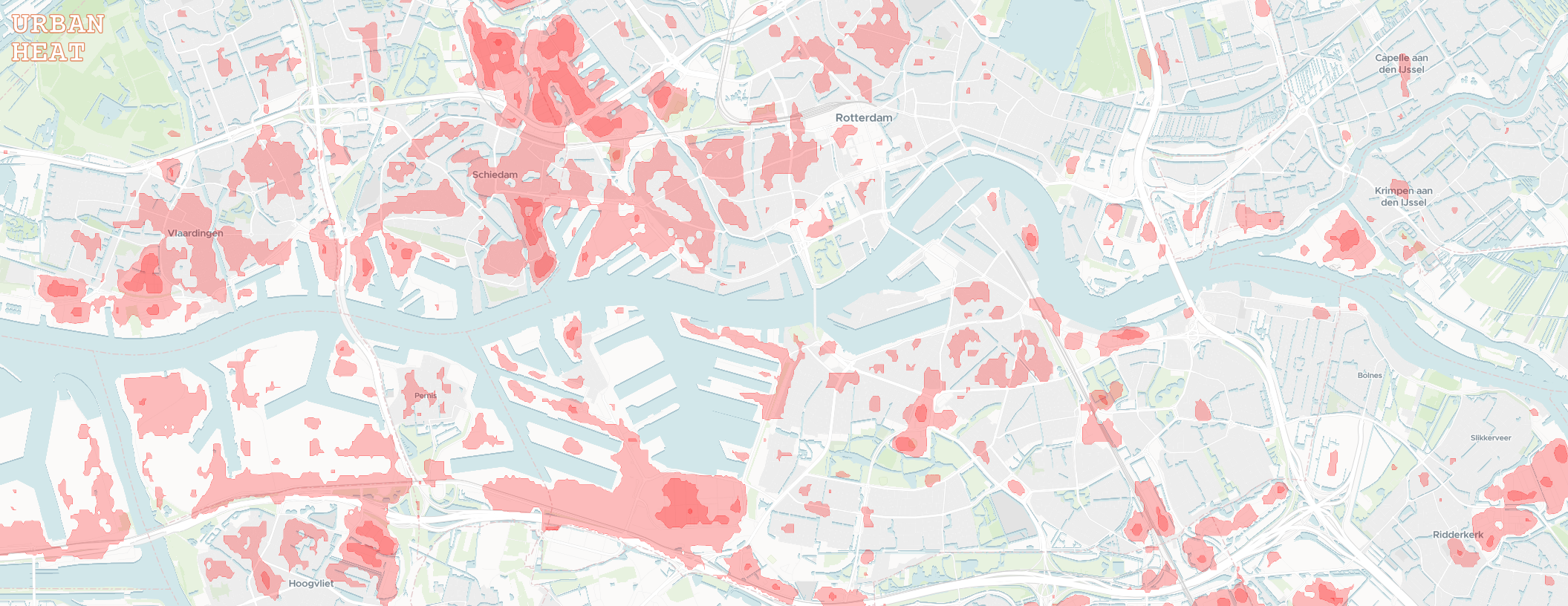Key-only SSH with fail2ban and I sleep easy a night.
dallen
I would go for refurb, business line SFF machines. Something like ThinkCentre or Optiplex. Specific form factor based on drive needs but the smaller you go the more power efficient. I have one on the bigger side (internal psu) that runs about 12W idle.
Just double check that it can handle hardware transcoding. Should fit right in your budget!
This level of precision doesn’t make sense. I wouldn’t go any higher than 5 digits which is already meter accuracy.
Especially in the context of a portfolio, this would count against you for geospatial software roles.
I use Immich for sharing. Get some accounts set up for closest family so you can easily add them to albums. For others you can just share a link to each album, password protected or simply unlisted.
Personally, I run my internet accessible apps on my Hetzner VM behind a reverse proxy, whereas things like home automation, DNS and Octoprint I prefer to serve on my local network.
Same as any piece of software you’re hosting, it’s up to you to decide. I run my instance on my Hetzner vm.
Also my go-to, I prefer everything in version control instead of someone else’s cloud.
IIRC, Pycharm can also inject the same .rest files.
I subconsciously replace os.path with pathlib whenever touching any module for a refactor.


I would go with 16GB for the kinds of things you listed.
If you don’t need a 3.5in drive then I would go even smaller to a mini form factor. It will definitely save you money on electricity. I think it’s the main choice here.